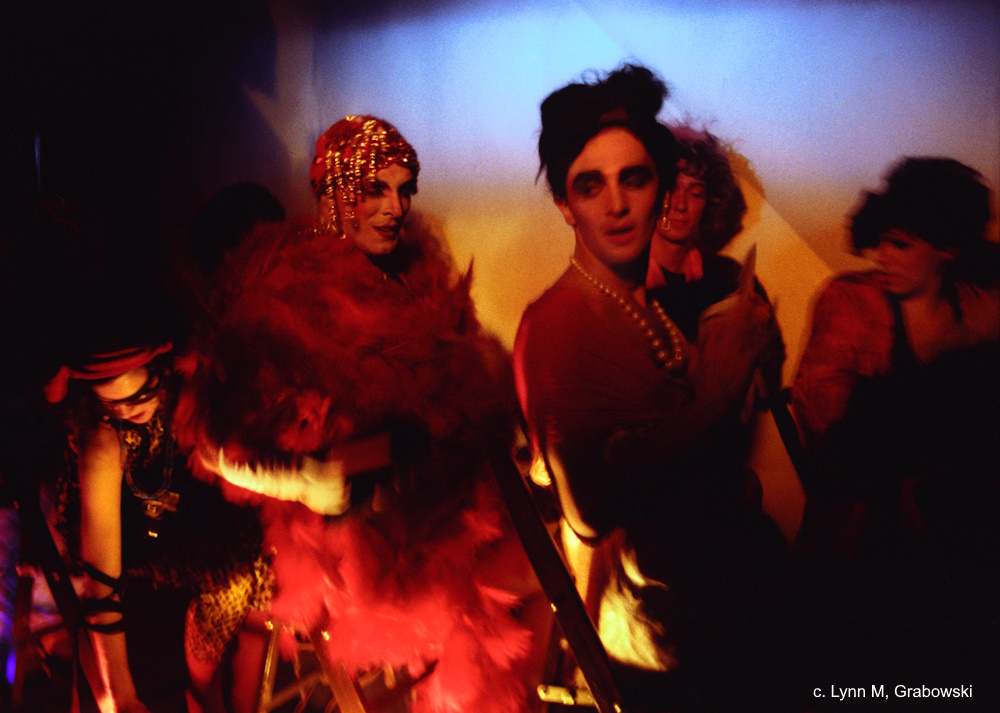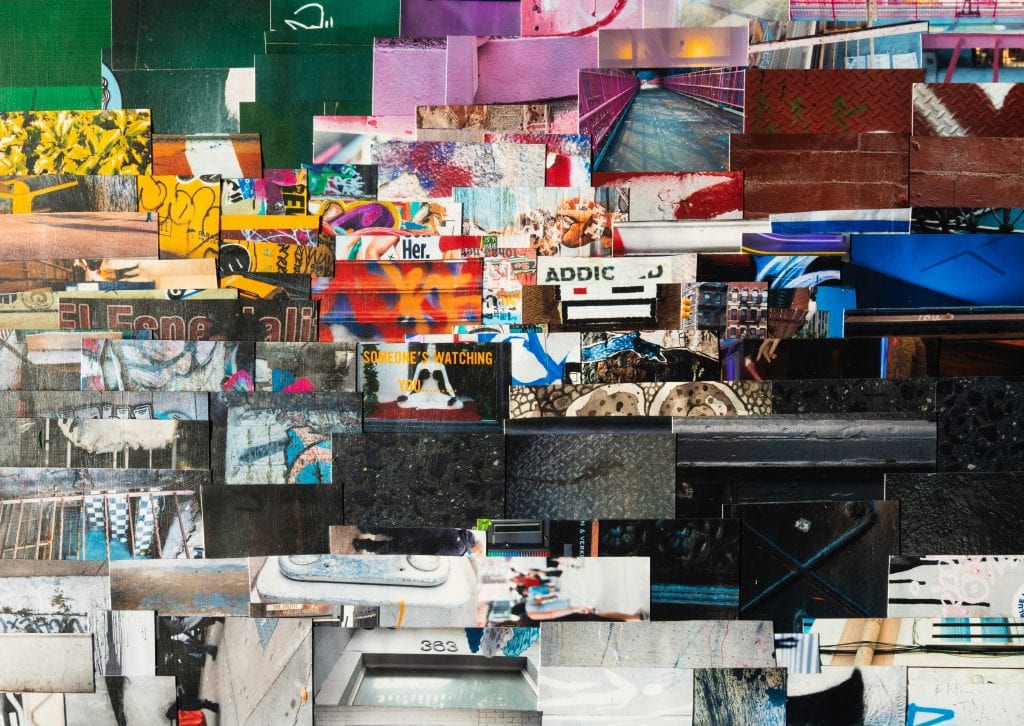The world as seen in Tessa Hughes-Freeland’s early films is one of startling extremities. In movies such as her do-it-yourself go-go dancer documentary Baby Doll (1982), shot at Tribeca’s fabled Baby Doll Lounge, or Dirty (1992), her unrelenting adaptation of George Bataille’s tale of excremental abjection Le Bleu du Ciel (Blue of Noon) made with Annabel Lee, or Rat Trap (1986), a collaboration with Tommy Turner, which veers between footage of a filthy junkie’s fix and violent acts of vermicide, Hughes-Freeland confronts the viewer with images of pain and pleasure, ugliness and beauty, terror and humor, the erotic and the thanatotic. In Nymphomania (1992), made with Holly Adams, a woman dressed in fairy garb dances to a passage from Debussy’s Prélude à l’après-midi d’un faune in a woodland glade, when she is violently assaulted by a goat-horned Pan, sporting a monstrous phallus that ultimately rips through her body. What shocks is not merely the punch of any of these elements on its own, since images of great potency can today be found with a few clicks of the keyboard or swipes on phone screen, safely discrete from meatspace life, neatly compartmentalized as a series of digital commodities. In these films, contradictory extremes are everywhere thrown into the same frame, crammed into the same space, inhabiting the same grubby rooms, surging through the same fleshy bodies, as inseparable from one another as yin from yang.
After arriving in New York from England in the early 80s, Hughes-Freeland became part of a circle of ultra-low-budget filmmakers that included her sometime collaborators Tommy Turner and Ela Troyano as well as figures like Nick Zedd, Richard Kern, David Wojnarowicz, Lydia Lunch, and others, members of a small Lower East Side social network that Zedd would later name “The Cinema of Transgression,” a contentious moniker that nonetheless did sum up a shared interest in aesthetic and social subversion, expressed through both an embrace of the barest means of production available (videotape, Super 8, or 16mm at best; flickering wall transfers; the tenement apartment as set), and a willful poaching of themes and techniques from disreputable genres like pornography, low-budget horror, and exploitation. Hughes-Freeland’s participation in the cultural scene extended to her work as a writer for publications Paper, the East Village Eye, and the Underground Film Bulletin, chronicling the art-making around her in films like Graffiti Hall of Fame (1984) and Virginia Tripping Film (1985), and running film nights at spots like Danceteria and Club 57. Her major foray into film programming was the New York Film Festival Downtown, founded and managed with Troyano as a kind of punked-out version of Lincoln Center’s event. She also began a long practice of expanded cinema, using multiple film projectors and performance as a form of live image-making, operating right at the juncture of production and exhibition. Such work would feed into her use of layered projections in fixed pieces like the found-footage collage Instinct (2007), a phantasmagoria of female screen archetypes.
The elements of fairy-tale fantasy and weird nostalgia seen in Nymphomania would become more prominent in Hughes-Freeland’s later films. Gift (2010) reworks with found footage of an early cinematic production of Alice’s Adventures in Wonderland, altering its images with a variety of superimpositions and mask. This film evokes fond memories of Eat Me, an East Village café run by Hughes-Freeland in the early years of this century, which took its name from Alice’s transformative gastronomic experiments, in keeping with a strain of psychedelia that runs through her output. Another collision of old and new is elegantly achieved in her installation MIRROR MIRROR Daylight Cinema (2011), which situates a massive kaleidoscope, crafted from an old camera tripod and its case, so viewers can make their own movies by holding their phones to its eyepiece. The title of Hiraeth (2019) refers to a Welsh concept not dissimilar to the more well-known Portuguese saudade, a somewhat undefinable longing for a home that may no longer exist; the film itself follows a masked crone who journeys, as if through the stages of a ritual, from a pantomime playland through woodland paths, to rolling fields, burning hills, and eventually the sea. One feels in Hiraeth a longing for an older, more elemental world, expressed paradoxically through the machinations of contemporary imaging technologies, expressed through the unsettling ambiguities of a dream.



